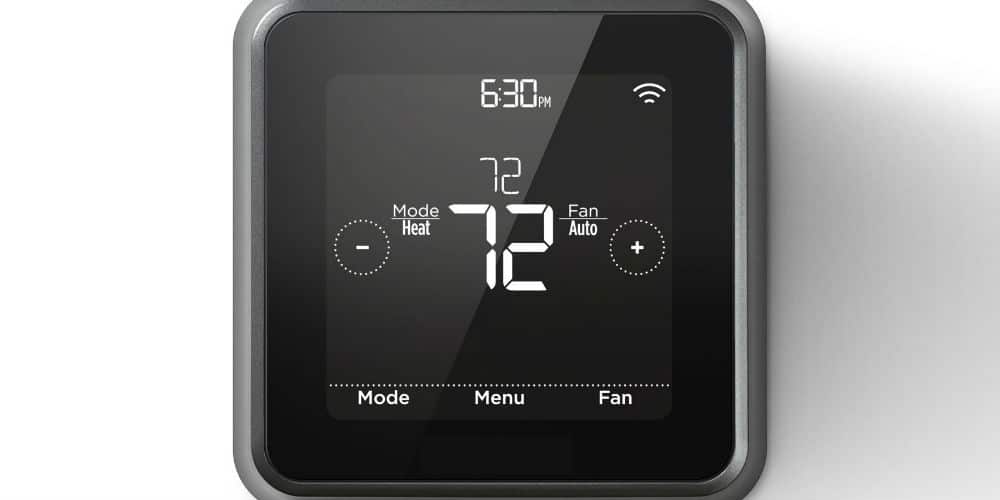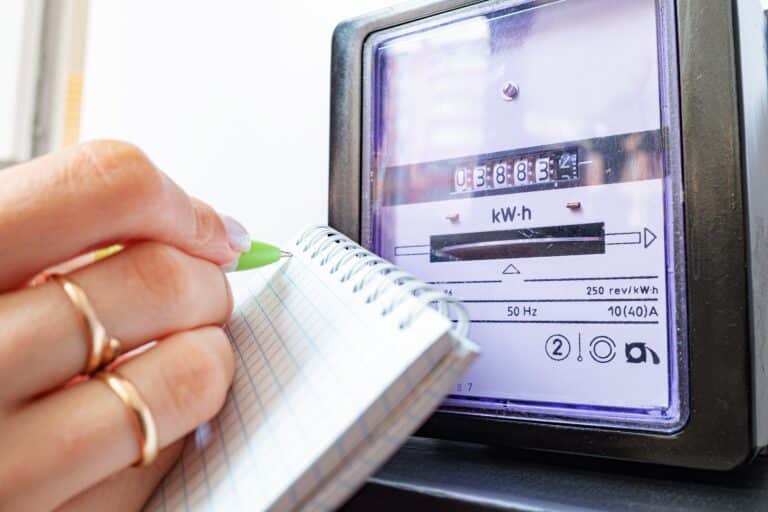The utility landscape is changing. Providers must now do more to interact with, and enhance the experience of a more knowledgeable and empowered customer. Energy users are more aware now than ever of their consumption and they want to cut costs and reduce their carbon footprint – that’s where smart thermostats come in.
Not to be confused with smart meters, which enable a utility provider to to digitally receive meter readings from a customer, smart thermostats empower the customer with information about their energy usage and provides them with an informed way to change their habits.
While regular thermostats let you adjust the temperature of your home, smart thermostats learn from your behaviour, allow you to remotely control the climate in your home, show your energy consumption in real-time, and can even adjust themselves to specific conditions such as humidity.
A consumer can manage a smart thermostat entirely from their preferred mobile device. With a few simple taps or swipes, a consumer can shut off their heating or cooling after they leave the house for work in the morning and then turn it back on just in time to make it comfortable for when they get home.
This is a particularly important energy saver for consumers that run an unpredictable and/or busy schedule, and don’t necessarily know what time they will return home.
How does a smart thermostat work?
Smart thermostats generally come in two varieties. There is the smart thermostat that learns from a consumer’s behaviour and then adjusts itself accordingly, or the smart thermostat that simply connects to the internet to offer remote management.
Compared with the traditional non-digital thermostat where you set the temperature on a dial, smart thermostats allow you to control your home’s temperature via a tablet, smartphone or desktop for greater control over your central heating.
Smart thermostats are connected to both your furnace/air conditioner and your internet connection. They are connected via a customers existing thermostat connection so there is no need for a completely new furnace nor air conditioner, providing the appliances are compatible.
Each smart thermostat comes with an app, which allows customers to alter their thermostat settings wherever they are in the world. If a person is delayed from going home for an hour they can simply delay their heating or cooling coming on, allowing them to save money and energy.
Why are smart thermostats becoming so popular?
The creation of smart thermostats has coincided with a world that is increasingly concerned about the environment. Cutting down on fossil fuels and energy consumption is now an important aspect for many people’s lives.
Smart thermostats show you real-time energy usage at all hours of the day, and give you complete control of your heating and cooling system no matter where you are. Customers can now evaluate how much energy they consume, and cut down accordingly for a more environmentally-friendly way of living.
Not only does a smart thermostat help a customer reduce their carbon footprint, it’s also a great way for utility providers to give customers the opportunity for further cost savings. The ability to control a thermostat at all hours of the day means that energy can be turned on only when it’s needed, and turned off when it’s not.
Smart thermostats are just a small part of a large movement of consumers that want to learn more about their energy usage, and use that information to change their habits, make cost savings and lower their carbon footprint on the earth.
SilverBlaze can help you transform your customer’s experience through our Customer Portal and Smart Forms software. Improving the customer experience, through innovative technologies such as outage notifications, ebilling, smart metering and much more, will help your utility build a loyal customer base.
Want to learn more about our services? Contact us today.
{{cta(‘e2e0634d-253e-414b-96b5-1fc4d8492b14’)}}



